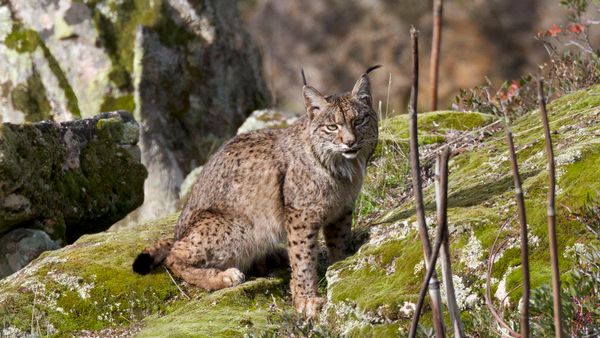
There are few greater joys than watching a cat completely lose its inhibitions (and mind) at the hands of catnip. The herb is known to cause typically conservative kitties to exhibit all kinds of cuckoo behavior, including sniffing, licking, body rubbing and hyperactivity, and anyone who's ever observed the five to 10-minute high in action can attest that it's serious entertainment for all parties involved (especially said cats).
But while you may know the euphoric effects of catnip when you see them, you may not know the chemistry behind them. Researchers are now trying to tease out what exactly is responsible for the catnip effect and how they might be able to use that for medicinal good. And it all has to do with a substance called nepetalactone — it's a type of chemical called a terpene that leads to all that crazy cat behavior.
Advertisement
In a new paper published in Nature Chemical Biology, researchers from the UK's John Innes Centre report that while most plants form terpenes with a single enzyme, catnip terpene production requires a two-step process — the first time this two-step process has ever been seen in a plant. First, an enzyme must activate a precursor compound, and then a second enzyme grabs it to produce nepetalactone. The researchers think a similar process occurs during the blending of anti-cancer drugs vincristine and vinblastine. That's why scientists believe that understanding nepetalactone synthesis could offer insight into the production of chemicals like vinblastine, which is commonly used in chemotherapy.
According to researcher Dr. Benjamin Lichman, his work could play an important role in future research. "We have made significant progress in understanding how catnip makes nepetalactones, the chemicals that sends cats crazy," he said in a statement. "Catnip is performing unusual and unique chemical processes, and we plan to use these to help us create useful compounds that can be used in treatment of diseases such as cancer. We are also working to understand the evolution of catnip to understand how it came to produce the cat-active chemicals."
Advertisement


